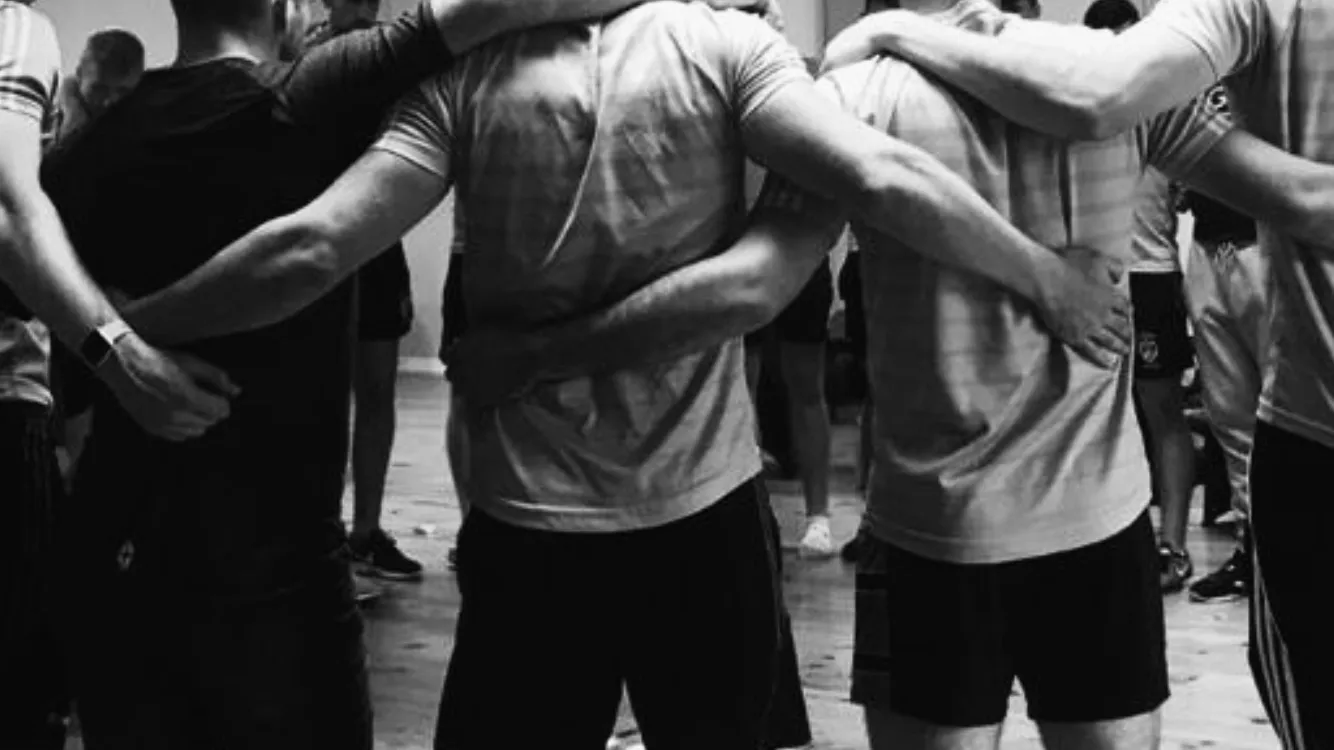Building Safe Climates

Holding Space
I have only been to an orchestra once in my life. I remember thinking, surely this person with their dainty baton isn't dictating all of these lovely sounds I'm hearing? But, it turns out, they do.
Musicians await their cues from the conductor, watching the conductor's right hand which signals the rhythm, and the left hand for more nuance. The conductor's body language, eye contact, facial expressions, and all-around energetics set the scene for musicians' expression. Italian conductor, Ricardo Muti had a style of his own.
If you watch videos of Muti, you'll see an intense stern-faced figure. His movement was erratic, almost violently whirling his baton. He has little eye contact with musicians, who seem to keep their heads down, seemingly scared to fall out of line. One day, 700 of his colleagues sent him a letter demanding his resignation, stating Muti didn't 'let them develop'. The environment was psychologically unsafe.
700 of his colleagues sent him a letter demanding his resignation, stating he didn't 'let them develop'. The environment was psychologically unsafe.

Psychological Safety
Thought leaders, Amy Edmundson defines psychological safety as, the "belief that one will not be punished or humiliated for speaking up with ideas, questions, concerns or mistakes." Others define this as the ability to take 'interpersonal risks' in your team environment.
A McKinsey study discovered a few key findings: Team climates reflect the levels of psychological safety within a group, yet over lockdown, just 43 percent of all respondents report a positive climate; At the same time, 70% of managers overestimate the level of safety within their team. With the hybrid model on the horizon, it's time to close the gaps. All voices, ideas, contributions are needed.
Just like a conductor in an orchestra, leaders' behaviors are central to creating psychologically safe climates.

Making it Safe
There is work to be done. Just like a conductor in an orchestra, leaders' behaviors are central to creating psychologically safe climates. Here are some ways that leaders can cultivate psychological safety in their environments.
Leading by Example
A McKinsey study, tells that fostering psychological safety 'begins with leaders developing and embodying the behaviors they want to see across the organisation'. Think about any teacher, manager, CEO you have had. Leaders set the tone for what is ok and for what isn't. The good ones show others how it's done. They are willing to take the risks first, like walking out of the ledge first, showing others that it is safe for them to do the same.
Examples of leaders taking risks, are doing exactly what you want your people to do. Asking questions, speaking up, calling things out, giving feedback, showing appreciation, having honest conversations. It communicates, 'your contributions are welcome'.
Facilitate V Present
Meetings, reviews, debriefs, AGM's can usually entail one person at the top of the room, unloading information onto a group. There is a time and a place for this, but, when done daily it can communicate the message, 'I have the answers, and your opinion isn't valuable'. To foster trusting, inclusive meetings, a more facilitative approach is key. Here is a simple way to facilitate discussion in a meeting.
Simple Exercise:
- Before the meeting/presentation/discussion - choose a subject that you want to explore. E.g, 'what worked well in this quarter?'
- Within the meeting, tell the group you would like to hear from them, and that they have 5 minutes to reflect and/or journal about 'what worked well in this quarter'.
- Next, give them 5 minutes to pair up and exchange their answers. If you like, you can play some gentle ambient music to set a nice mood.
- Finally, ask people to share their findings with the wider group. Hear from the full range of ideas, opinions, learnings. This simple exercise communicates, 'I don't have all the answers, 'you are valued' and 'we are all contributing'.
Facilitation Tips:
-Speaking in front of the group can be a big 'interpersonal risk' for many people. When someone speaks, welcome and validate their contribution.
-At varying times in the conversation, you can ask for a show of hands to indicate who agrees, and who doesn't.
-If there are drawn-out silences, go first and 'lead by example.
Belonging Cues
As social animals, we are constantly scanning our environment for cues that signal 'you belong here' or 'you don't belong here'. Author of 'Culture Code, Daniel Coyle calls these belonging cues. When we feel like we belong to a 'tribe', we are less stressed and more at ease. When we don't belong, we are more anxious and anxious, our eyes dilate, our breathing deepens. Author of Belonging, Owen Eastwood, says we 'leak energy' worrying about our place in the group.
The All Blacks are acutely aware of this human need. They have a ritual of greeting the person before the athlete. For instance, a player arrives to work and meets a teammate. Instead of greeting a teammate with, 'hows the injury' or 'what position are you playing', they'd ask, 'how are you / how's the family / nice holiday' or whatever is relevant. This communicates 'you are cared for who you are, not only your performances'.
In the high-pressure, time-strapped world of work or sport, inquiring 'how are are' at every interaction may be a stretch. However, finding your version of belonging cues can go a long way. Just like the conductors, your body language, facial expressions, eye contact can speak volumes, and go a long way in building a positive climate where people can grow.


Align & Flow



